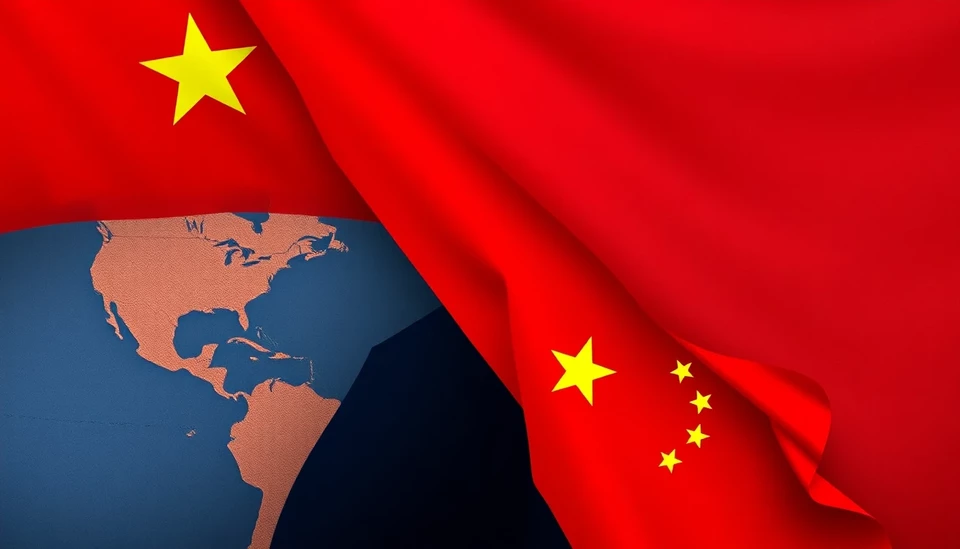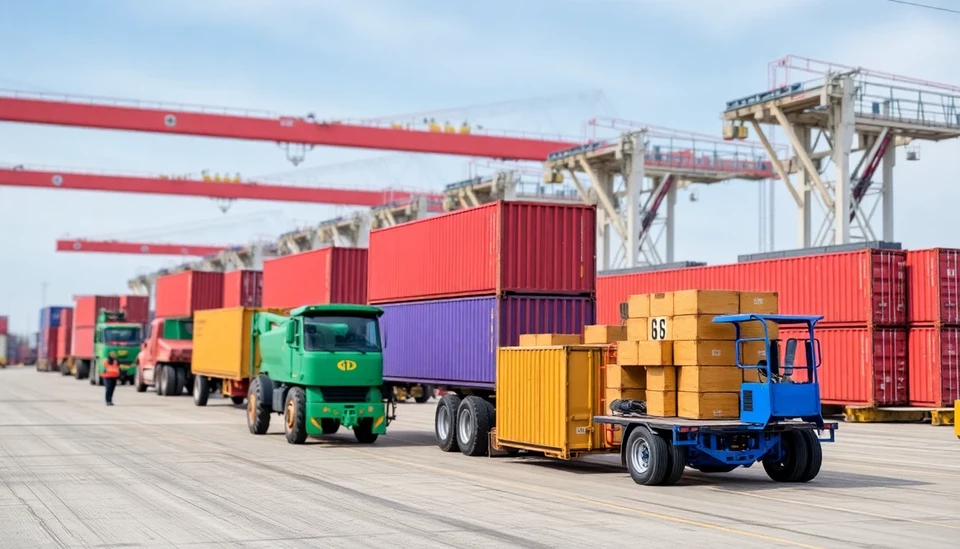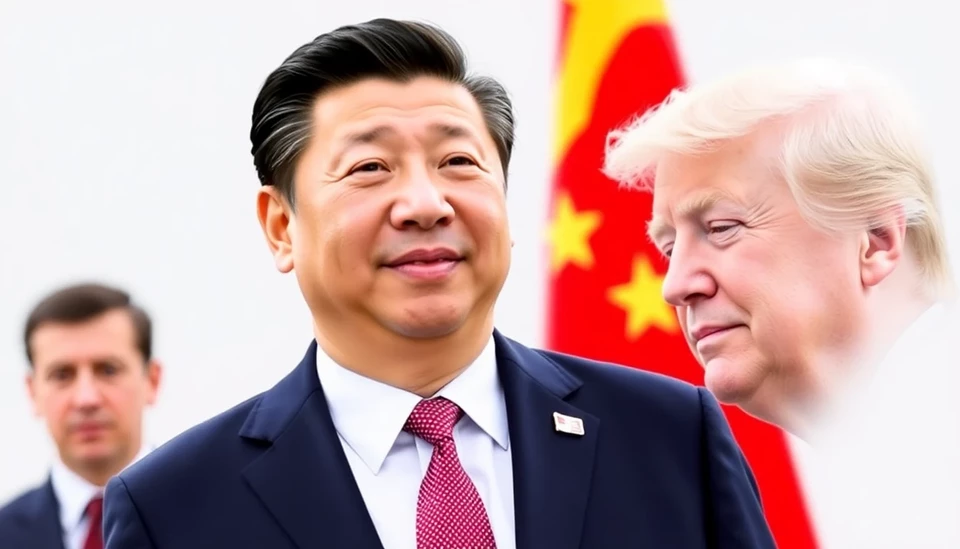
In a dramatic turn of events in U.S.-China trade relations, former President Donald Trump has announced a staggering 104% tariff on a range of Chinese imports. This bold move, while aimed at rebalancing trade dynamics and curbing reliance on foreign goods, brings to light the complex dependencies the United States still has on the global market, particularly with China.
The tariff, which is slated to impact hundreds of products ranging from consumer electronics to essential materials, reflects a heightened protectionist stance that Trump has long advocated. By implementing such a hefty levy, the former president is signaling a strong commitment to American manufacturing and a desire to diminish what he describes as an unfair trading relationship with China. However, this action raises significant questions about the potential repercussions for American consumers and businesses alike.
Experts worry that these tariffs could lead to increased prices for American consumers, as companies pass on the costs of these tariffs. Additionally, the potential retaliation from China is a concern that looms large over the trade landscape. Beijing has previously responded to trade tariffs with its own levies, and many economists fear that an escalation in trade tension could harm both nations’ economies and disrupt global supply chains.
Despite the ambitious nature of this tariff, the reality remains that the U.S. economy is still significantly intertwined with China. American manufacturers and retailers have expressed concerns regarding their dependence on Chinese suppliers for a plethora of goods and materials essential for business operations. While Trump’s administration focuses on safeguarding American industries, the stark fact is that some sectors may struggle to source alternatives swiftly or affordably, exacerbating the situation.
The tariff announcement comes amid a broader context of rising inflation in the U.S., which has already put pressure on consumer prices and economic recovery post-pandemic. In the face of these tariffs, it remains to be seen how consumers will react and whether the anticipated inflations will be sustainable or a catalyst for more significant economic challenges.
As the Biden administration grapples with this sudden shift in trade policy, it will likely need to consider the long-term implications on U.S.-China relations and the future of global trade. Balancing American interests and the benefits of international cooperation will be crucial as markets react to the potential realities of these tariffs.
Looking ahead, analysts emphasize the necessity for a strategic reassessment of U.S. trade policies that not only aim to support domestic industries but also consider the ripple effects on the global economy and consumer welfare. The stakes are high, and the implications of Trump’s dramatic trade policy shift will undoubtedly shape the economic landscape for years to come.
#Tariffs #TradeWar #Trump #China #USTrade #Economy #Inflation #Manufacturing
Author: Daniel Foster




